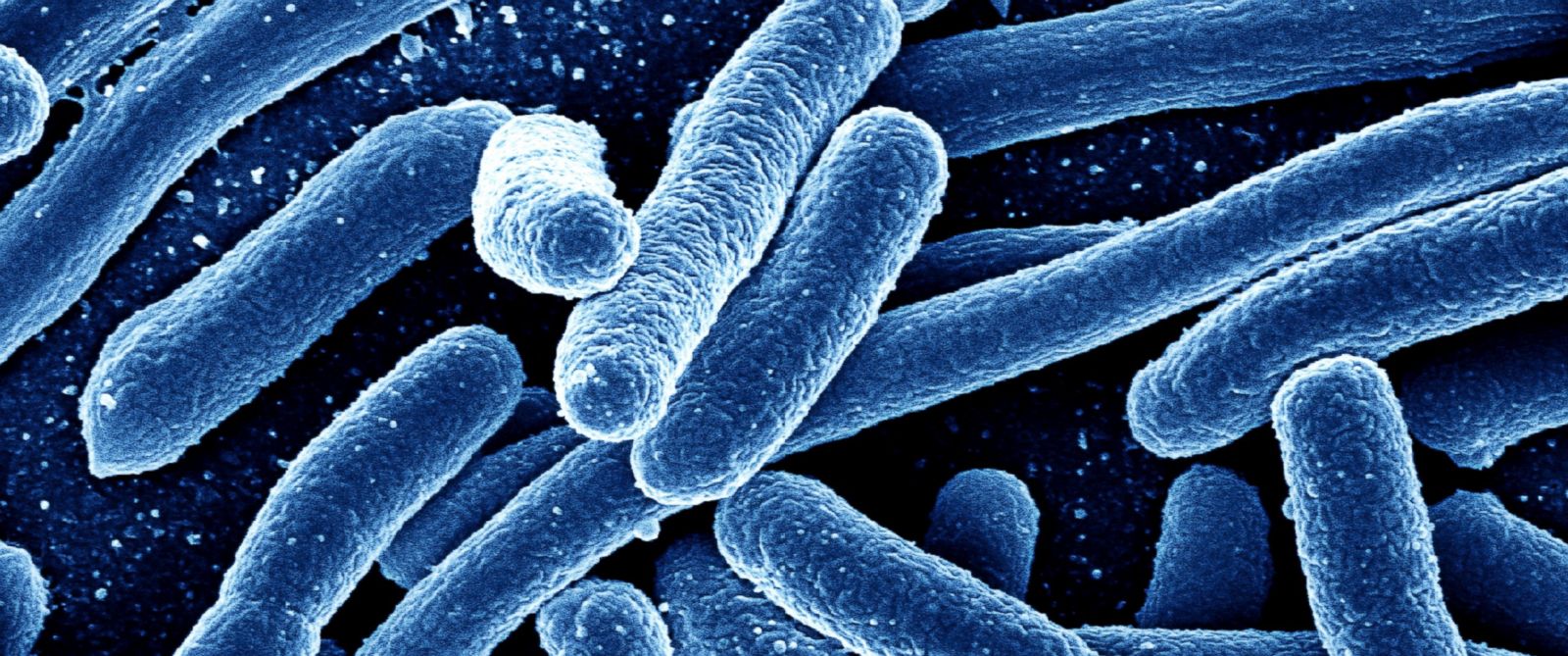Study finds exposure to air pollution just before or after conception raises the risk of birth defects such as cleft palate or abnormal heart formation
02/14/2019 / By Rita Winters

A study from the Cincinnati Children’s Hospital Medical Center discovered a link between a woman’s exposure to air pollution during early pregnancy and the increased likelihood of birth defects in her children.
The study Periconception Exposure to Air Pollution and Risk of Congenital Malformations, which was published in The Journal of Pediatrics, states that the tiny particles in air pollution are a significant health hazard to unborn children. This is because these microscopic fragments deposit themselves deep into the lower airways and air sacs inside the lungs and from there, enter the circulatory system. Not only do these particles affect the pregnant woman, but her unborn child as well. These tiny particles can cross the amniotic sac protecting embryos and fetuses, and disrupt the proper development especially during the first few months of life.
The researchers of the study used data from birth certificates from the Ohio Department of Health and particulate matter data from the Environmental Protection Agency (EPA) to identify areas with high air pollution and the rates at which birth disorders were recorded in the identified areas. Dr. Emily DeFranco, senior author of the study and physician at the Cincinnati Children’s Hospital Medical Center, admitted that there were massive limitations, but their study provides a good foundation for future studies in relation to the association between environmental factors and embryonic development.
What you need to know about orofacial clefts
The Center for Disease Control and Prevention (CDC) describes a cleft lip and a cleft palate as birth defects from when a baby does not develop properly during pregnancy. Together, these defects are known as orofacial clefts, a condition that leaves an individual with a vertically separated upper lip and speech difficulties. Individuals with orofacial defects are known to have early life problems such as feeding, speaking clearly, and sometimes, ear infections. The CDC also reports that around 2,650 babies are born in the United States with a cleft palate and 4,440 babies are born with a cleft lip (with or without a cleft palate) annually.
The direct causes of orofacial clefts are still unknown, but medical researchers have associated it with health conditions and risk habits such as smoking, diabetes, and the use or abuse of certain medications. Orofacial clefts can be detected during pregnancy via routine ultrasound, and can also be diagnosed after the baby is born. Surgeries to correct cleft lips are recommended within the first 12 months of life, and surgeries to repair a cleft palate is suggested within the first 18 months or earlier. These surgeries are mostly cosmetic, but also have the chance of improving breathing, hearing, and speech impairments.
How exactly do you avoid air pollution?
- Check your area’s air quality index (AQI). Knowing if your place has extreme levels of air pollution may be the number one reason for relocating to a residence with cleaner air. If you have children in the family, you will want to make this a priority.
- Instead of working out after work, exercise in the morning when air pollution is at a low.
- Avoid areas with heavy traffic, especially if you like walking.
- If you’re waiting out heavy traffic in your car, set your air conditioning to re-circulation to prevent outside smoke from entering your car.
- Many cities outside of the U.S. have excessive pollution levels. As much as possible, avoid trips to Beijing, Cairo, and Delhi, which are at the top of the list of the most polluted cities on the planet.
- Don’t smoke indoors. Or better yet, don’t smoke at all.
While total avoidance of air pollution is near impossible, there are some steps to take in order to minimize your exposure to it. Whether you are a pregnant woman or not, avoiding air pollution will protect you from developing chronic diseases and disorders.
Sources include:
Tagged Under: abnormal heart, air quality, Birth defects, cleft lip, cleft palate, environ, orofacial cleft, pollutants, pregnancy, research, Smoke, smoking, stop smoking




















